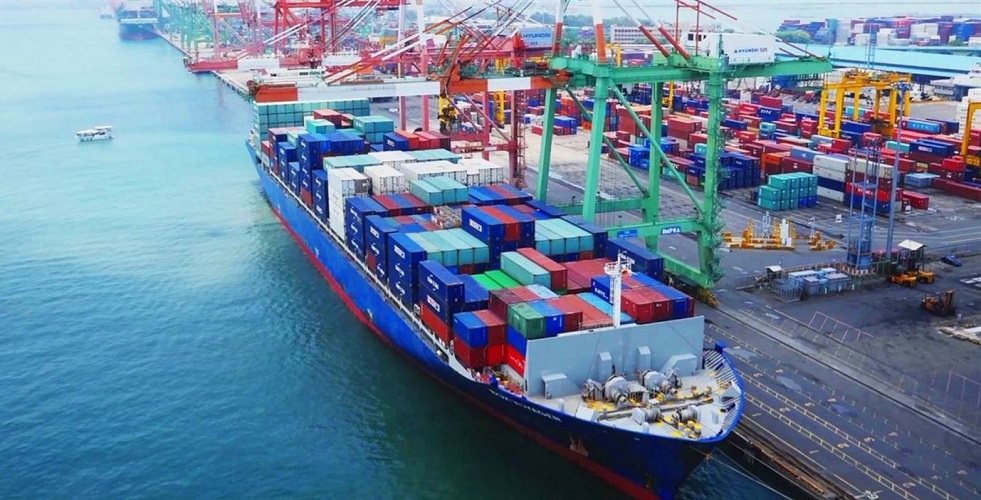From supporting the global distribution of vaccines to keeping food and drink supplies flowing amid rapidly changing international trade, the shipping and logistics industry is behind the success of some of the most important aspects of our daily lives.

But what does all this have to do with the Internet of Things (IoT)? Simply put, just like in many other areas, IoT is changing the way the shipping industry operates. Here are some maritime applications of IoT:
Promote compliance
Shipping is a highly regulated industry and shipping organizations must obtain and provide large amounts of data to demonstrate compliance with regulatory requirements. From emissions to cybersecurity, a range of key metrics must be tracked. Since IoT is fundamentally a mechanism for collecting and utilizing data, it can play an important role in automating and streamlining these processes.
Ensure precise environmental control
Environmental conditions on board ships are critical to both crew and cargo. Ships need to constantly monitor and control everything from temperature to air quality – in a large and complex environment. Just like smart buildings on land, connected sensors can automatically track these conditions—and automatically control thermostats, air conditioners, fans, and more—to keep environmental conditions just right.
Inventory and goods management
On a typical boat, this has several different aspects. The first, of course, is the cargo itself – which may consist of thousands of individual containers. In addition, there are countless types of critical hardware and items, from spare parts to pharmaceuticals – all of which need to be carefully tracked to ensure they are at appropriate levels and readily available when needed. IoT can have a powerful impact on this management by automating inventory tracking and reporting.
Meanwhile, for people or businesses waiting for important shipments to arrive, location tracking sensors allow them to monitor exactly where their shipments are – anywhere in the world. In turn, this can significantly enhance customer relationships and transparency.
Save fuel and improve environmental efficiency
As with any other aspect of the transport industry, shipping organizations are under pressure to manage their fuels as efficiently as possible for both cost and environmental sustainability reasons. By improving engine management, sensors integrated into the ship’s overall system can save 10 to 15 percent of fuel per day after an initial calibration phase. Other IoT solutions can alter engine performance to adapt to environmental conditions such as wave height.
Make maintenance predictive rather than reactive
Predictive maintenance is a truly transformative intervention for any organization that relies on expensive or complex physical assets, such as those in the shipping industry. By moving from performing maintenance only when problems arise to proactively identifying when maintenance is needed, businesses can significantly extend the life of their physical assets and more smoothly integrate maintenance into their daily operations. The resulting financial savings can be huge. IoT provides critical underlying infrastructure, monitors critical maintenance metrics, and provides automated alerts when thresholds are reached.
Zusammenfassend
The shipping and logistics industry is critical to allowing organizations and individuals to get what they need, when they need it. In turn, IoT plays a key role in helping these vessels become better and better.
Schlüsselwörter: Gateway für das Internet der Dinge